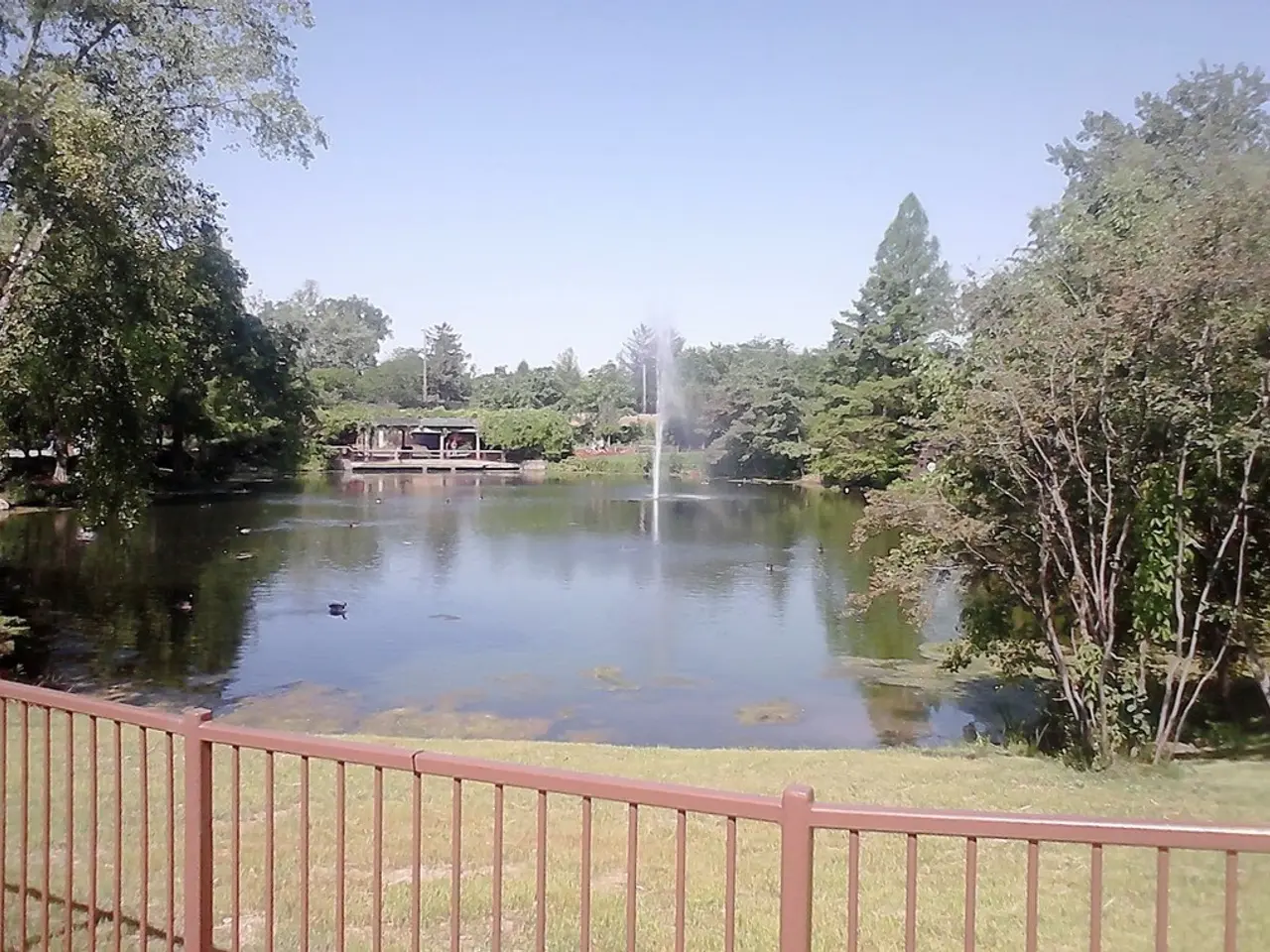TEPCO Concludes the Second Phase of Treating and Releasing Water from FY 2025
In August 2023, Tokyo Electric Power Company Holdings Inc. (TEPCO) initiated the release of treated water from the Fukushima No. 1 nuclear power plant, located in northeastern Japan, into the Pacific Ocean. This release, which is part of an ongoing process to manage the large volume of water accumulated since the 2011 earthquake and tsunami disaster, will continue through fiscal year 2025 in seven rounds.
The second round of this fiscal year's release was completed in July 2025, marking the 14th operation since the process began. In this round, TEPCO diluted 7,800 tons of treated water with large amounts of seawater before releasing it about 1 kilometer off the coast of Fukushima Prefecture through an undersea tunnel.
The release of treated water containing radioactive tritium was temporarily suspended due to tsunamis caused by a major earthquake near Russia's Kamchatka Peninsula last week. However, no problems were reported with the facilities involved in the operation, and the release resumed shortly after.
TEPCO has been actively using the Advanced Liquid Processing System (ALPS) to treat the water, diluting it before discharge to reduce the concentration of radioactive tritium. The current status is that TEPCO has begun the third round of treated water release for fiscal year 2025, which will continue through March 2026 with a plan to release a total of 54,600 tons of treated water.
Regular testing of seawater and fishery products by TEPCO, the Japanese government, and international bodies including the IAEA has consistently shown tritium levels far below state-set safety thresholds. The International Atomic Energy Agency (IAEA) has also independently confirmed that tritium concentrations in the treated water batches remain well below Japan’s operational limits.
This release strategy aims to balance environmental safety and regulatory oversight, as the Fukushima No. 1 nuclear plant, which had a triple meltdown following the 2011 disaster, continues to pose challenges in its decommissioning process. The disaster severely affected the region around the nuclear plant, and ongoing efforts to manage the treated water are crucial in ensuring the safety and recovery of the area.
[1] TEPCO. (2023). Fukushima Daiichi Nuclear Power Station Update. Retrieved from https://www.tepco.co.jp/en/nu/fukushima-np/index-e.html
[2] NHK World. (2023). Fukushima Plant to Release More Treated Water into Sea. Retrieved from https://www3.nhk.or.jp/nhkworld/en/news/20230803_25/
[3] Japan Today. (2023). Fukushima Plant to Release More Treated Water into Sea. Retrieved from https://japantoday.com/category/national/fukushima-plant-to-release-more-treated-water-into-sea
[4] IAEA. (2023). Fukushima Daiichi Nuclear Power Station. Retrieved from https://www.iaea.org/sites/default/files/2023-08/fukushima_daiichi_nuclear_power_station_update_23august2023.pdf
[5] IAEA. (2025). Fukushima Daiichi Nuclear Power Station. Retrieved from https://www.iaea.org/sites/default/files/2025-08/fukushima_daiichi_nuclear_power_station_update_7august2025.pdf
- The ongoing release of treated water from the Fukushima No. 1 nuclear power plant is not only a part of the decommissioning process, but it also intersects with the field of environmental science, as the concentration of radioactive tritium needs to be carefully managed to ensure the safety of the surrounding environment and marine life.
- As weather-forecasting data predicts upwelling events in the Pacific Ocean over the next few months, climate-change research becomes crucial in understanding how these events might impact the dispersal and dilution of the treated water containing tritium, thus influencing the outcome of weather-forecasting for the region.








